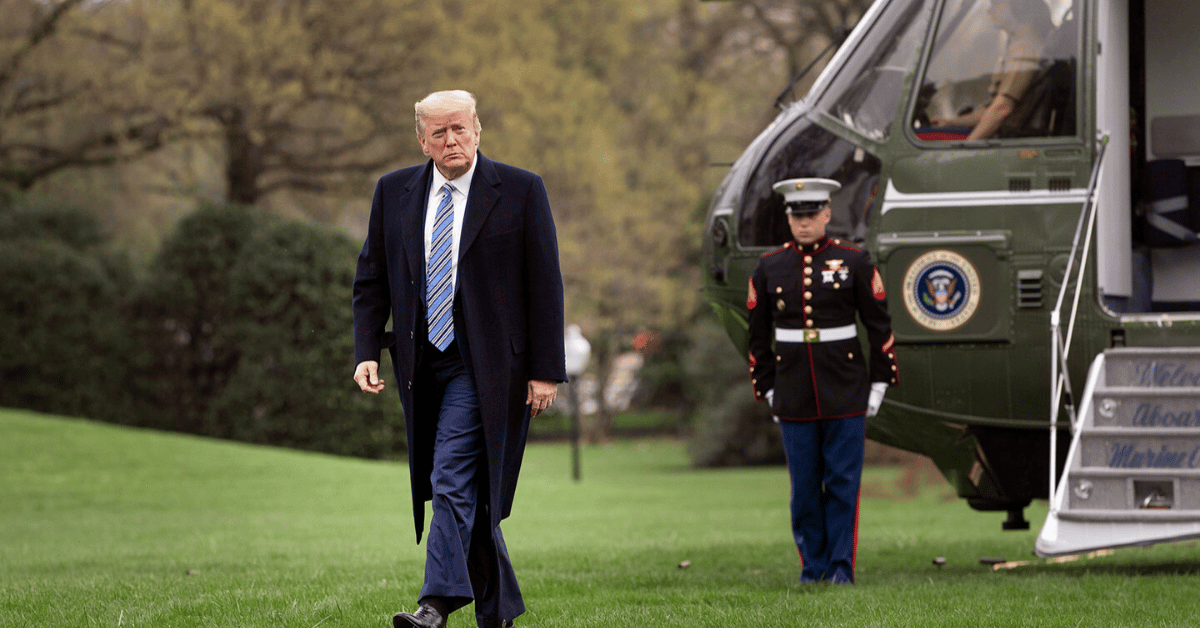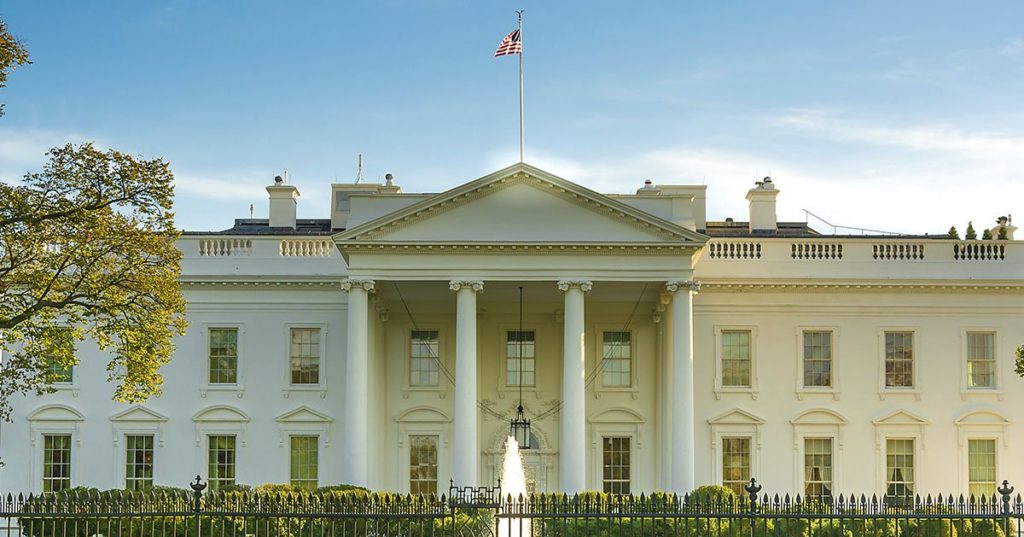




A massive explosion rocked the U.S. Steel plant in Clairton, Pennsylvania, leaving a trail of tragedy and questions, according to The Washington Times.
On Monday, the blast claimed two lives and sent at least ten workers to hospitals. The incident, yet another scar on the plant’s checkered safety record, demands answers from corporate brass and regulators alike.
The Clairton facility, North America’s largest coking operation, suffered significant damage as black smoke billowed into the sky.
The explosion, followed by smaller blasts, shook nearby buildings and rattled the community. This wasn’t just a workplace accident—it was a wake-up call for a region long tethered to the steel industry’s risks.
Emergency responders rushed to the scene after a fire broke out at 10:51 a.m., as reported by Allegheny County officials. One worker was pulled from the wreckage hours later, a grim reminder of the chaos. Authorities urged residents to steer clear, prioritizing safety over curiosity.
“It felt like thunder,” said Zachary Buday, a nearby construction worker, describing the jolt that shook his scaffold and chest.
His vivid account paints a picture of raw power, but it’s the dark smoke he saw rising that hints at deeper issues. Air quality, a persistent concern in Clairton, remains a sticking point for residents weary of the plant’s pollution.
Allegheny Health Network treated seven workers, releasing five shortly after, while UPMC Mercy, the region’s top trauma center, cared for three others.
The plant, employing 1,400 along the Monongahela River, converts coal to coke, producing gases like methane and carbon monoxide. These processes, while vital to steelmaking, carry inherent dangers that seem to keep resurfacing.
The explosion shut down two batteries at the facility, though operations limped on. This resilience might impress some, but it raises questions about prioritizing production over safety. When lives are lost, “business as usual” feels like a hollow mantra.
“I end every meeting with ‘Let’s get back to work safely,’” said U.S. Steel CEO David B. Burritt. Noble words, but they ring hollow when you consider the plant’s history—explosions in 2009, 2010, and a fatal 2014 incident. Actions, not slogans, are what workers and families deserve.
In 2010, 20 workers were injured, leading to OSHA fines of $175,000, later reduced in a settlement. Fast forward to 2019, U.S. Steel paid $8.5 million to settle an air pollution lawsuit. These penalties suggest a pattern: fines paid, promises made, yet the same risks persist.
A 2018 fire caused $40 million in damage to pollution controls, leading to sulfur dioxide releases and a “rotten egg” stench that plagued residents.
A 2024 settlement required $19.5 million in upgrades and $5 million for local clean air efforts. Yet, as Monday’s explosion shows, throwing money at problems doesn’t always fix them.
“I could see smoke from my driveway,” said Amy Sowers, a Clairton resident who heard sirens converging on the scene. “Lives were lost again,” she added, questioning how many more tragedies will pass before real change. Her frustration echoes a community fed up with being collateral damage in the steel industry’s grind.
Despite the smoke, air monitors detected no excessive soot or sulfur dioxide, and an advisory to stay indoors was lifted by day’s end. Still, Dr. Deborah Gentile, a local asthma expert, expressed concern about outdated equipment. Her point cuts to the core: neglecting maintenance invites disaster.
“There needed to be a full, independent investigation,” demanded David Masur of PennEnvironment. His call for scrutiny is hard to argue with, given the plant’s rap sheet. But will another probe just lead to more fines and fleeting promises?
“The mill is such a big part of Clairton,” said Mayor Richard Lattanzi, calling it a “sad day.” He’s right—the plant is the town’s economic heartbeat, but at what cost? Blind loyalty to industry shouldn’t trump worker safety or community health.
U.S. Steel, now under Nippon Steel’s umbrella after a $15 billion buyout, faces fresh scrutiny. The deal, finalized in June 2025, raised national security concerns, but the real threat seems to be the plant’s aging infrastructure. Foreign ownership doesn’t change the need for accountability at home.



